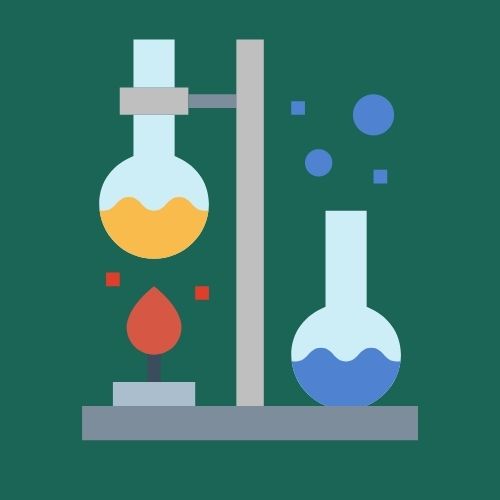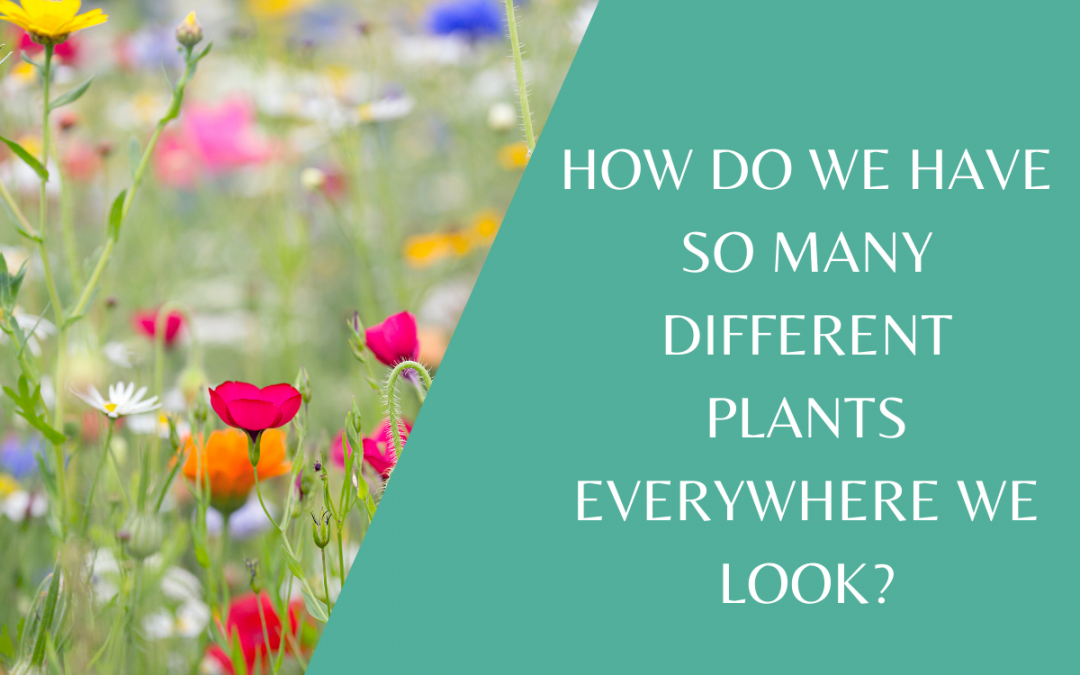What is Photosynthesis?
Do you know your Chloroplasts from your Cytoplasm?
How do we have so many different plants everywhere we look?
In KS3 and KS4 Science, you learn about Plants and their structure, adaptations and reproduction. The topic of plants is one you need to have a good understanding of as it can feature in many different areas of science and highlights just how important plants are to us and our planet. You need to be able to explain Photosynthesis and why this is important to all living organisms. It will help your understanding of the plants topic if you have a good grasp of adaptations of a leaf. Here we cover 3 key areas to help you focus on plants and secure your understanding of all the key points.
Photosynthesis
It is key for photosynthesis that you know the word equation at KS3 and moving into KS4 you learn the symbol equation too. You need to be able to identify the reactants involved in the reaction, remembering that light and chlorophyll are essential for the reaction to take place. To complete the word equation you should then be able to identify the products formed as a result of the photosynthesis reaction. This is an equation you will always need so get practising writing it, first copying it from your textbook or notes and then trying to do it from memory. It will also help with your use of keywords if you label the products and reactants.
Adaptations
Plant leaves are very clever in how they are adapted to carry out their function. There are FOUR main leaf adaptations you need to be able to identify and explain. You may be asked to label or explain adaptations on a diagram or be shown a diagram and identify specific adaptations for that type of leaf, so be prepared. Make sure you can explain how surface area helps a plant with photosynthesis. Chloroplasts are found in higher numbers in certain areas of the leaf, where there are more palisade cells, make sure you know why. The underneath of a leaf is covered in stomata which are essential in gas exchange, using diffusion. Finally leaves contain a network of tubes, xylem and phloem, learn what these do and why they are important. REMEMBER that different plants will have slightly different adaptations so make sure you are able to explain two extremes for example a cheese plant and a cactus. In a root, the cells are slightly different to those found in the leaf, so learn the structure of a root hair cell, practise drawing in and remember it is under soil usually so will NOT have chloroplasts (be able to provide an explanation for this).
Plant Reproduction
In KS3 plant biology, we also look at the structure of the male and female reproductive system of a plant. You will see many diagrams of a flower with lots of labels. You need to get used to this and be able to label the male parts (stamen) and female parts (carpel). Pollination is key in the reproduction of plants so ensure you know the different methods of pollination and how the pollen is transferred from the stamen to the stigma of either the same or a different plant. The final stage of this is seed formation so we recommend you are able to draw and label the parts of a simple seed.
These tips will help your understanding of Plants and will also make a good basis for GCSE revision and recap.
If you require further help with this topic or need to brush up on Plants for revision, why not check out our YouTube channel which has lessons which go into much more detail on these areas.
Get in touch if you have any questions or would like some help with your KS3 science learning to fill in any knowledge gaps you have.
KEEP UP TO DATE - DON'T MISS OUT!
Our regular newsletters are filled with helpful and interesting information to help you with your Science at school

